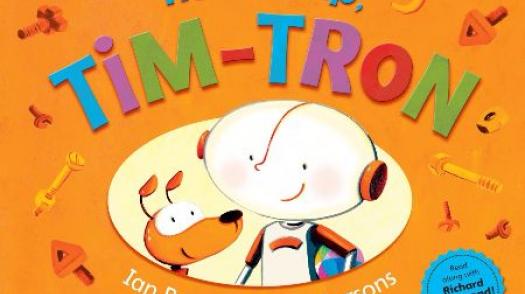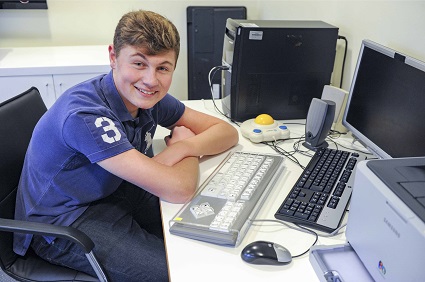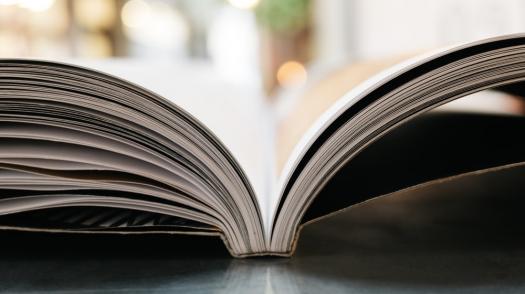
Books on brain injury
Our series of free books and resources aimed at children and families (P&P costs only).
Teenager Liam shares his positive experiences on the return to school after a brain injury.

Published: 22/02/2017
The strategies Liam used for returning to school after a brain injury were uncovered at The Real Journey of Acquired Brain Injury study day 2017 held at The Children’s Trust.
Liam, 16, was diagnosed with Acute Disseminated Encephalomyelitis (ADEM).
ADEM is a condition in which the immune system is activated by an infection and then attacks healthy brain tissue. It results in inflammation of the brain tissue.
Isobel Hatfield, Highly Specialist Speech & Language Therapist in The Children’s Trust’s Brain Injury Community Service, helped put the strategies in place when Liam returned to secondary school.
Liam said: “I broke into school gradually at a very good pace.
“It was like there was a barrier but I was able to get past that.”
Challenges that come with returning to school include retaining information, fatigue and loss of confidence.
Liam and Isobel used the following strategies to help deal with such challenges:
Liam had a collapsed timetable beginning only with certain subjects. He started with the subjects he enjoyed, which helped as Liam suffered from fatigue.
“At the beginning I came in at break time to get used to the routine and environment and I slowly built up over time, which was very useful,” said Liam.
“I had to sleep at least an hour in the day at the beginning. My fatigue was massive, which I wasn’t used to as I’d always been on the front foot all the time.”
Liam said: “This was a really good strategy – it helped a lot with learning and improved my confidence.”
Liam had a timeout card so he could leave lessons when he wanted to.
Friends would help Liam get to and from his lessons, which Liam was extremely grateful for.
He also said his friends were brilliant as they also had to get used to realising how ill he had been.
Soon after his return to school Liam did two assemblies – one for peers, where he shared his story, and one for teachers, which was more personal.
Both assemblies helped Liam – pupils not only increased their knowledge but also understood how they could help Liam around school.
Liam said sharing his story helped him socially and helped him get back in with his friends.
Liam said: “I used ‘chunking’, where you categorise things and off that you form a list in your head.”
Teachers gave Liam extra sheets of paper in case he hadn’t written everything down.
Liam also got to type if he felt tired.
Liam said he used many different methods that were really beneficial and helpful. One of these was talking things through out loud. Liam’s school arranged for him to take his exams separately, which allowed him to use such techniques.
The school helped Liam focus on the subjects that he felt he needed to pass, like maths and English. He was offered extra lessons and extra support.
Liam could speak to anyone about how he was feeling and many teachers helped out with this.
Liam had a successful return to school – himself and his father thank the school for its support.
Liam went on to achieve great grades in his GCSEs and is now at college studying for Btechs in Business and Sport.
Our booklet on Acquired brain injury in children: a guide for teachers and school staff can be ordered here.

Our series of free books and resources aimed at children and families (P&P costs only).

Read our guide to managing the return to school after an acquired brain injury.

The Children's Trust Community Rehabilitation Service provides specialist goal-orientated neurorehabilitation delivered in the child's environment. Our ultimate goal is to maximise the child's participation in everyday life.